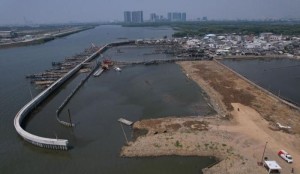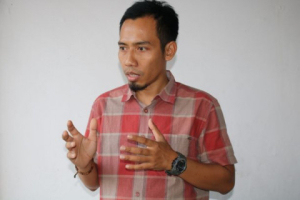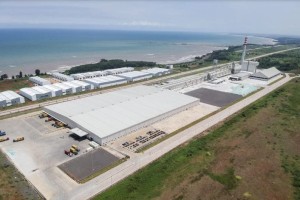Presiden unveils plan for sea wall to protect Java's rice fields from rising sea level
President Prabowo Subianto has considered building a giant sea wall of 700 kilometers (km) in length from Banten to East Java aimed at protecting rice fields on the northern coast of Java from the impacts of increased sea level.
In the planning process, previously President Prabowo asked his staff to study the construction of a giant sea wall stretching from Jakarta to Cirebon in West Java as a National Strategic Program (PSN) in 2025.
This planning was discussed in an internal meeting regarding the development of special economic zones (KEK) and the completion of the 2024-2025 PSN, which added the Jakarta-Cirebon giant sea wall to PSN 2025. In the meeting, directions were given to prepare financing for the Government and Business Entity Cooperation (KPBU) scheme.
Coordinating Minister for the Economy, Airlangga Hartarto, said that the construction of the giant Jakarta-Cirebon sea wall will be connected to the flood and tidal control in Tambaklorok, Semarang, Central Java.
Hashim Sujono Djojohadikusumo, Presidential Envoy for Climate and Energy, said the northern coastal areas of Java Island and its fishermen are threatened by rising sea levels.
"This is all caused by the problem of climate change," Hashim said on Friday, January 31, 2025.
Hashim estimates that the giant sea wall construction project will take quite a long time, around 10-20 years.
He emphasized that there is no point in creating a food estate in Kalimantan or Papua, if millions of rice fields are submerged because they are covered by rising sea water.
"It's never too late for us to resolve to protect millions of hectares of the most productive and fertile rice fields. It is located on the north coast of Java Island," Hashim concluded.
Tag
Already have an account? Sign In
-
Start reading
Freemium
-
Monthly Subscription
20% OFF$29.75
$37.19/MonthCancel anytime
This offer is open to all new subscribers!
Subscribe now -
Yearly Subscription
33% OFF$228.13
$340.5/YearCancel anytime
This offer is open to all new subscribers!
Subscribe now







